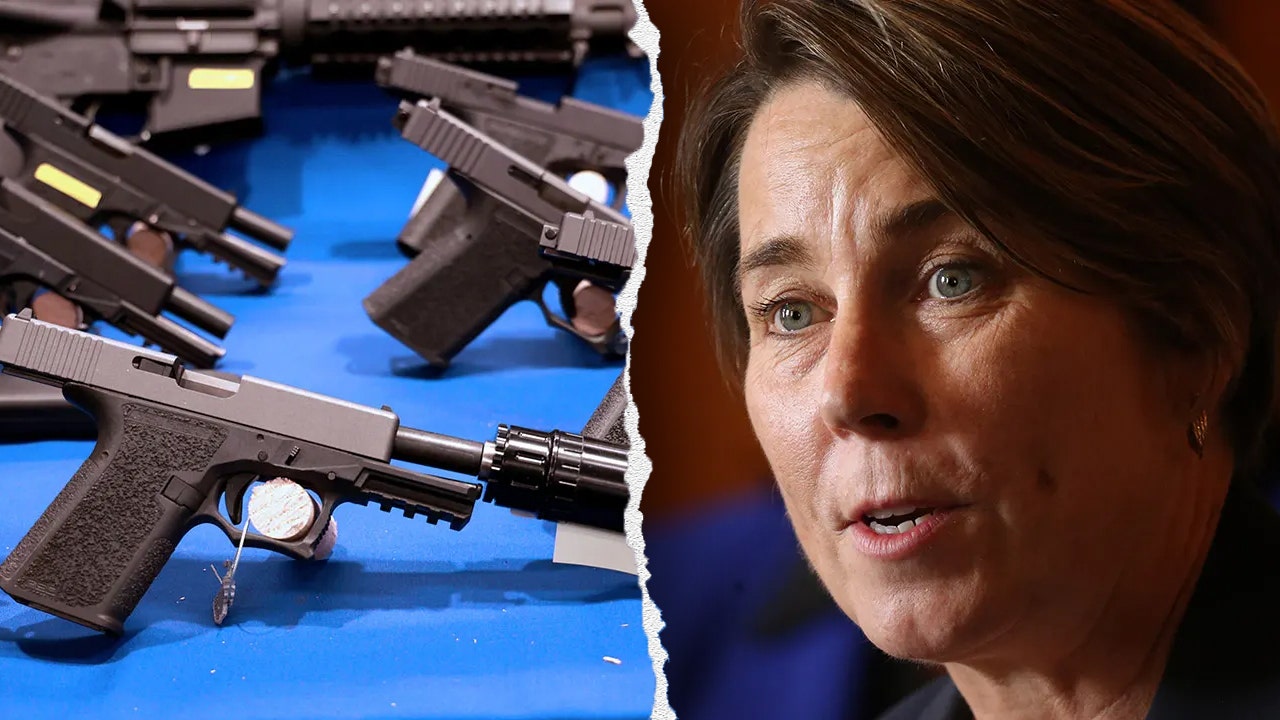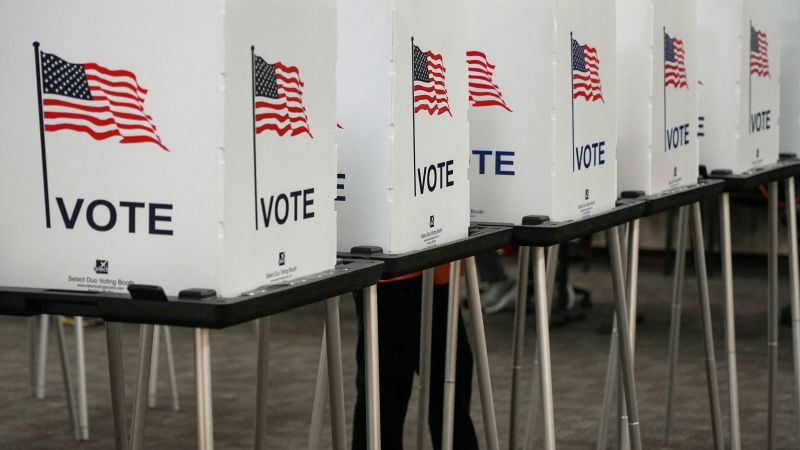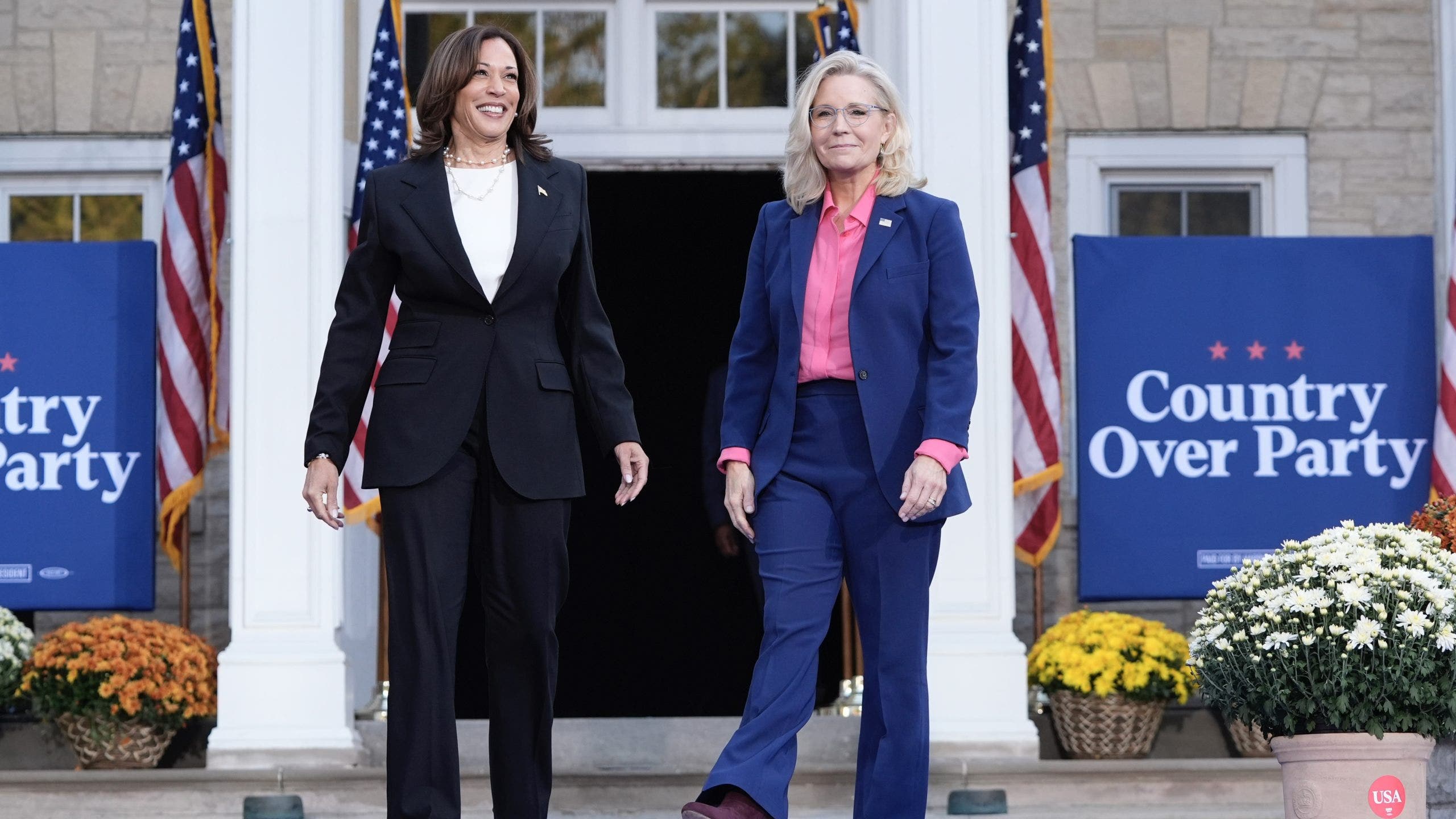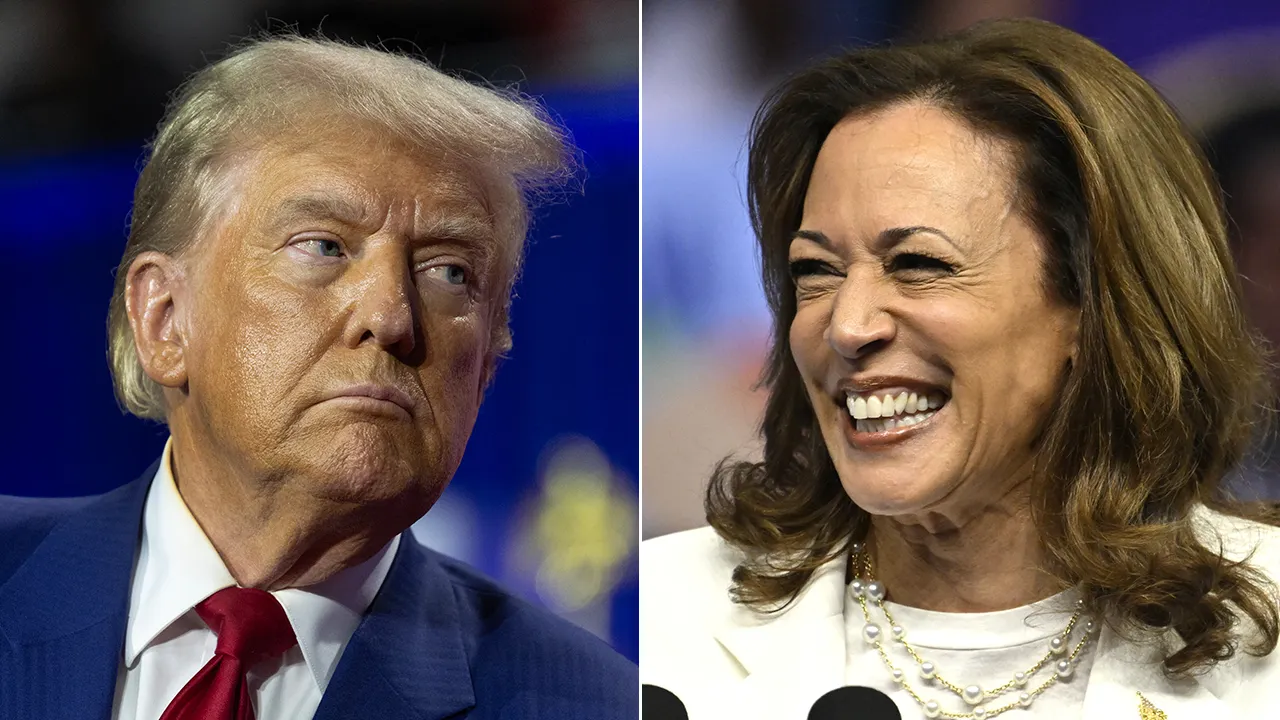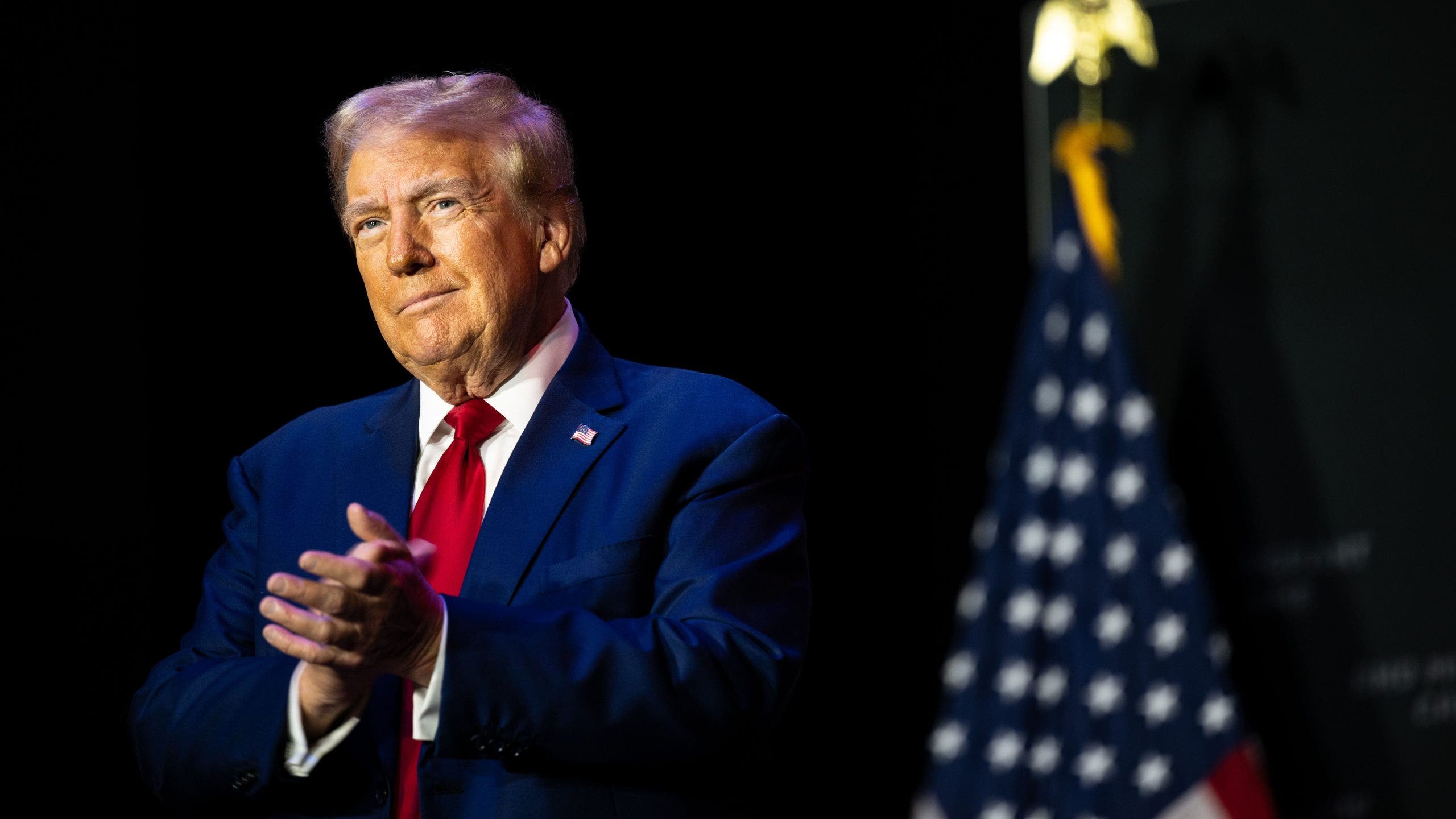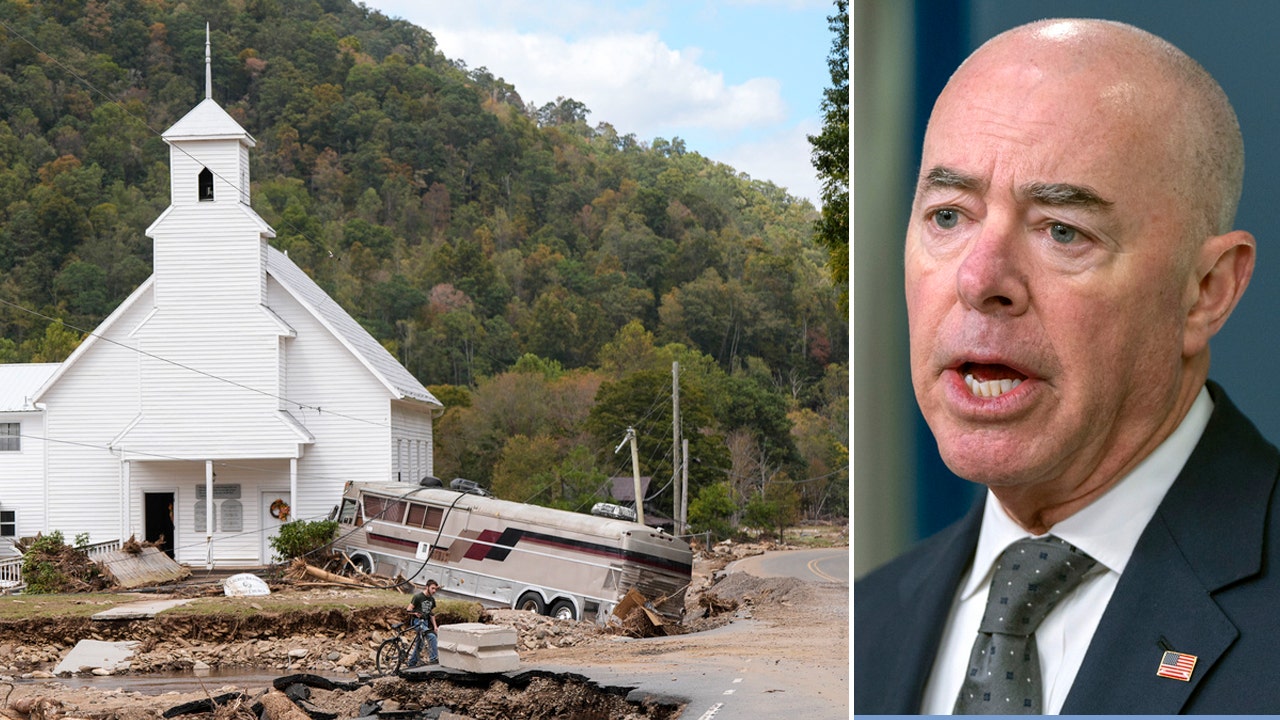For more on the US Senate race in Montana, watch CNN’s “Inside Politics with Manu Raju” this Sunday at 8 a.m. ET.
Tim Sheehy stumped behind closed doors earlier this week here with a crowd of supporters eager to make him the GOP’s Senate majority maker.
But the 38-year-old political novice was also eager not to be seen outside those doors.
Sheehy and his campaign have gone to extreme lengths to avoid press scrutiny as he seeks to ride former President Donald Trump’s coattails and tap into a reddening Montana to oust the three-term Democratic incumbent, Sen. Jon Tester, in November.
Sheehy rarely grants interviews to local or national press, while his campaign doesn’t discuss his schedule or provide information about his events, which tend to be closed affairs.
And after CNN was turned away from the Bozeman event this week, after learning about it through sources, his campaign orchestrated his departure to try to deny a TV camera from getting footage of him leaving – going as far as dispatching a pickup truck to block the camera in order to let Sheehy leave without being seen in another vehicle.
Once it was all said and done, Sheehy boasted about the event on X, writing that it was a “standing room only” crowd.
It all underscores a critical moment in one of the nation’s marquee Senate races: Sheehy stands a favorite to win, thanks to the likelihood that Trump will carry Montana by double digits, the dwindling number of split-ticket voters and by running in a state that has seen a surge of new residents, which political observers here believe benefits the GOP. Having an “R” next to his name could be enough to unseat Tester and flip the Senate – absent any major missteps.
“What Tim’s been doing here is working,” said Sen. Steve Daines, also a Montana Republican and the leader of the National Republican Senatorial Committee. “Why change strategies here with a month left? And just keep your head down and keep working hard on the grassroots.”
As Daines described Sheehy’s “tremendous crowds” at his events, saying he’s running a “grassroots campaign unlike any I’ve ever seen of a politician,” the GOP senator added: “I wish you could have seen him in action.”
Sheehy, who owns an aerial firefighting company and who came to the state 10 years ago, is a former Navy SEAL and was recruited by Daines, who successfully urged Trump to endorse the wealthy political newcomer and help clear the field in the primary. And through his campaign ads, Sheehy is hammering Tester over his ties to national Democrats, like Kamala Harris, and over issues like the US-Mexico border.
“So he’s constructed this persona that he is this young conservative veteran, and doesn’t really want to deviate from that or have anyone ask him any questions about, well, where do you stand on this issue? Where did you get your money? Where did you come from? Who are you exactly?” said Mike Dennison, a long-time Montana political journalist, said of Sheehy’s strategy.
“He’s pretty much shielded himself from the media,” Dennison added.
Sheehy did participate in two debates with Tester, including this past week where the candidates sparred over abortion, immigration and character. Sheehy attacked Tester over his campaign donations from lobbyists, while Tester seized on some of Sheehy’s past statements, including over Native Americans, and accused him of seeking to privatize entitlement programs.
And as Tester defended his handling of immigration, he pointed to Sheehy’s opposition to a bipartisan border security bill that Republicans killed in Congress earlier this year, saying that his GOP opponent was only listening to his “party bosses.” It was Trump who urged Republicans to kill the bill, though Tester didn’t mention the former president’s name.
Tester, 68, is the last remaining statewide Democrat, having won each of his three terms by narrow margins – but none with Trump at the top of the ticket.
In the Trump era, split ticket voting has become a rarity, with just one state out of 69 races in 2016 and 2020 electing a Senate candidate from a different party than their presidential choice. And for Tester to win, he likely would have to run at least 15-20 points ahead of Harris, a daunting task in this polarized political environment.
And it’s one reason why Tester is eager to keep his distance from the top of his ticket.
“That’s because I don’t want this race to be nationalized any more than they want it to be nationalized,” Tester told CNN this week in Missoula, Montana, when asked about his decision not to endorse Harris. “I want to talk about Montana. That’s what this race is about.”
Asked if he would vote for Harris, Tester said: “That’s between me and the ballot box.”
Tester’s seat is one of three Democratic seats in states that Trump easily carried in the past two presidential elections. The West Virginia seat, which will be vacated by Sen. Joe Manchin who left the Democratic Party to register as an independent earlier this year, is almost certain to flip to the GOP, while Sen. Sherrod Brown is battling to hang onto the Ohio seat against GOP challenger Bernie Moreno. Meanwhile, Democrats are trying to hold their seats in seven other states, while their only pickup opportunities are still considered long shots in Florida and Texas.
That means Democrats essentially would have to run the table to simply keep the Senate at 50-50, hoping a Harris victory would give them governing control of a split chamber. To do that, Tester would have to win.
Through his ads, Tester is blasting Sheehy as out of step on issues like health care and abortion rights, the latter of which is on the ballot in Montana and could give the incumbent Democrat a boost. The two sides have already spent a staggering $139 million on air, with another $69 million to come, making it the most expensive race in the state’s history.
In the interview, Tester downplayed the impact of Trump at the top of the GOP ticket, noting that the then-president stumped repeatedly in 2018 for Tester’s then-opponent, Matt Rosendale, who ended up losing the race.
“When I ran in 2018, he came to the state four or five times — more times than I got fingers on my left hand,” Tester said, referring to the three fingers he lost in a meat grinder accident at his family’s butcher’s shop when he was a kid. “And it’s part of the turf, it’s part of what we do.”
But at this week’s debate, Sheehy pointed out some of Tester’s past criticism of Trump, including saying in 2019: “I think you need to go back and punch him in the face.”
Asked about those remarks this week, Tester said: “That was totally figurative in speaking, and what, what I was referring the fact is, he’s tough on us, you got to be tough on him.”
But Tester is also standing by his votes to convict Trump at his two impeachment trials – another issue that Sheehy is spotlighting.
Asked if he regretted those two votes, Tester told CNN: “Not at all. No. I mean, the case was laid out, and I was part of the jury, you make the call.”
In Missoula earlier this week, Sheehy argued how a Democratic-led Senate could be problematic for Trump, speaking at an event with conservative activist Charlie Kirk, another event that his campaign didn’t disclose.
“If Trump wins and he doesn’t control the Senate, you can assume that he’ll be impeached on day one,” Sheehy said at the Monday event. “And if he wins and does have the Senate, he can get things done like appoint Supreme Court justices.”
Sheehy then left out the back without taking questions from the press.
CNN’s Morgan Rimmer and David Wright contributed to this report.
Read the full article here








